2022年11月22日,国家药品监督管理局药品审评中心官网显示,京东方再生医学科技有限公司自主研发的“人脐带间充质干细胞膜片”获得新药临床试验默示许可,成为全球首个获批进入临床试验的用于治疗低射血分数冠心病的干细胞膜片产品,也是我国首个获批进入临床试验的不含外源材料的非注射液制剂类型。在干细胞治疗领域,该产品从制剂形式、适应症选择、给药方式等方面都颇具创新性,有望为冠状动脉旁路移植术(CABG)治疗预期效果不佳的低射血分数冠心病患者改善心功能,延长预期寿命。
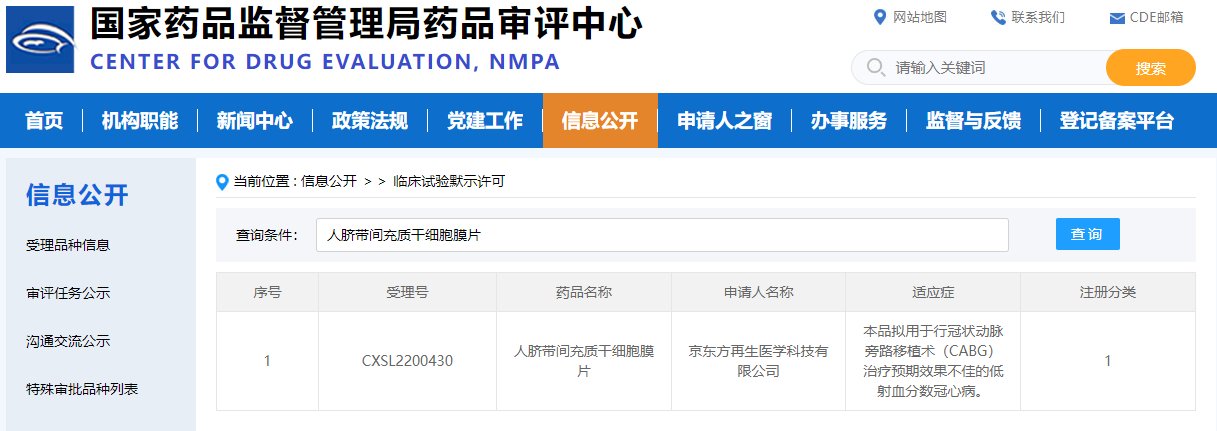
近年来,细胞治疗的研究和临床试验发现,干细胞可以通过血管再生等作用修复缺血的心肌组织,从而改善心脏功能,为缺血性心肌病患者提供了新的治疗手段。既往临床研究结果显示干细胞治疗具有良好的安全性,但有效性因细胞的种类、剂量、给药方式的不同存在一定差异,其中间充质干细胞是治疗缺血性心肌病最有希望的干细胞类型之一。
目前临床常用的干细胞给药方法为细胞悬液的静脉注射或局部定点注射(如经冠脉注射或心肌内注射),但此类方法存在归巢效率低和存活时间短等问题,会影响最终治疗效果。为解决干细胞悬液注射留存率低的问题,有部分研究者将干细胞负载于生物支架材料,在CABG术中进行心肌表面贴附。然而支架材料的生物相容性、干细胞负载量及均一性、细胞与支架材料的相互作用等问题增加了产品开发与临床应用的复杂性。
细胞膜片技术由日本冈野光夫团队发明,相比传统的细胞悬液的注射给药方式,细胞膜片移植可以大大提升细胞制剂的有效利用率。目前,日本利用细胞膜片技术开发的以自体骨骼肌作为细胞来源的细胞膜片已进入临床应用,通过单独移植膜片治疗终末期心力衰竭,其临床数据显示出良好的安全性和有效性。据介绍,京东方再生医学在日本细胞膜片技术的基础上进行自主研发与创新的通用型“人脐带间充质干细胞膜片”产品。在细胞来源上,以新生儿脐带间充质干细胞为细胞来源,它具有易于获取、数量丰富、细胞较年轻、活性优良和低免疫源性等特点,适合做产品开发;在工艺开发上,成功开发出无血清的人脐带间充质干细胞膜片制备工艺,避免了自体血清使用导致的患者损伤和交叉污染风险,保证产品的安全性、有效性和质量可控性;在给药方式上本产品选择在CABG术中进行给药,充分重视I期临床患者的依从性及获益风险比。
“人脐带间充质干细胞膜片”获得临床试验许可标志着我国干细胞治疗的剂型走向多元化,细胞膜片剂型预期可为需局部给药的疾病治疗及组织器官修复带来新希望。
参考文献:
1. Shah, B.N., R.S. Khattar, and R. Senior, The hibernating myocardium: current concepts, diagnostic dilemmas, and clinical challenges in the post-STICH era. European heart journal, 2013. 34(18): p. 1323-36.
2. Chen, S., et al., Five-year mortality of heart failure with preserved, mildly reduced, and reduced ejection fraction in a 4880 Chinese cohort. ESC Heart Fail, 2022. 9(4): p. 2336-2347.
3. Head, S.J., et al., Incidence, predictors and outcomes of incomplete revascularization after percutaneous coronary intervention and coronary artery bypass grafting: a subgroup analysis of 3-year SYNTAX data. Eur J Cardiothorac Surg, 2012. 41(3): p. 535-41.
4. Shiono, Y., et al., Impact of functional focal versus diffuse coronary artery disease on bypass graft patency. International journal of cardiology, 2016. 222: p. 16-21
5. Bax, J.J., et al., Time course of functional recovery of stunned and hibernating segments after surgical revascularization. Circulation, 2001. 104(12 Suppl 1): p. I314-8.
6. Samady, H., et al., Failure to improve left ventricular function after coronary revascularization for ischemic cardiomyopathy is not associated with worse outcome. Circulation, 1999. 100(12): p. 1298-304.
7. Nakae, M., et al., Incidence, determinants and clinical impact of left ventricular function recovery after surgical treatments for ischaemic cardiomyopathy. European Journal of Cardio-Thoracic Surgery, 2021. 60(3): p. 689-696.
8. Hu, S., et al., Isolated coronary artery bypass graft combined with bone marrow mononuclear cells delivered through a graft vessel for patients with previous myocardial infarction and chronic heart failure: a single-center, randomized, double-blind, placebo-controlled clinical trial. Journal of the American College of Cardiology, 2011. 57(24): p. 2409-15.
9. Ang, K.L., et al., Randomized, controlled trial of intramuscular or intracoronary injection of autologous bone marrow cells into scarred myocardium during CABG versus CABG alone. Nat Clin Pract Cardiovasc Med, 2008. 5(10): p. 663-70.
10. Strauer, B.E. and G. Steinhoff, 10 years of intracoronary and intramyocardial bone marrow stem cell therapy of the heart: from the methodological origin to clinical practice. Journal of the American College of Cardiology, 2011. 58(11): p. 1095-104.
11. Ayyat, K.S., et al., Combined Coronary Artery Bypass Surgery With Bone Marrow Stem Cell Transplantation: Are We There Yet? Ann Thorac Surg, 2019. 108(6): p. 1913-1921.
12. Menasché, P., Cell therapy trials for heart regeneration - lessons learned and future directions. Nat Rev Cardiol, 2018. 15(11): p. 659-671.
13. Terrovitis, J.V., R.R. Smith, and E. Marbán, Assessment and optimization of cell engraftment after transplantation into the heart. Circulation research, 2010. 106(3): p. 479-94.
14. Shimizu, T., et al., Cell sheet engineering for myocardial tissue reconstruction. Biomaterials, 2003. 24(13): p. 2309-2316.
15. Guo, R., et al., Cell sheet formation enhances the therapeutic effects of human umbilical cord mesenchymal stem cells on myocardial infarction as a bioactive material. Bioactive Materials, 2021. 6(9): p. 2999-3012.
16. Wang, J., et al., Manufacture and quality control of human umbilical cord-derived mesenchymal stem cell sheets for clinical use. Cells, 2022, 11(17): p. 2732.
(运营:荆雪涛)

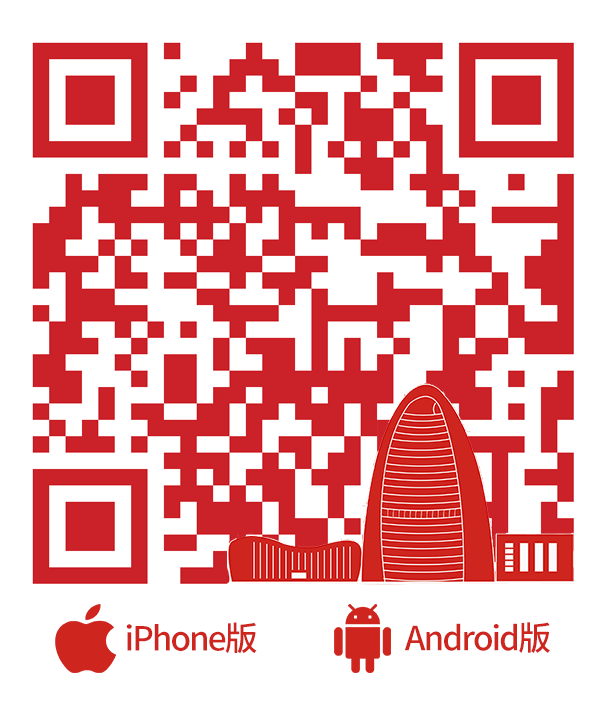

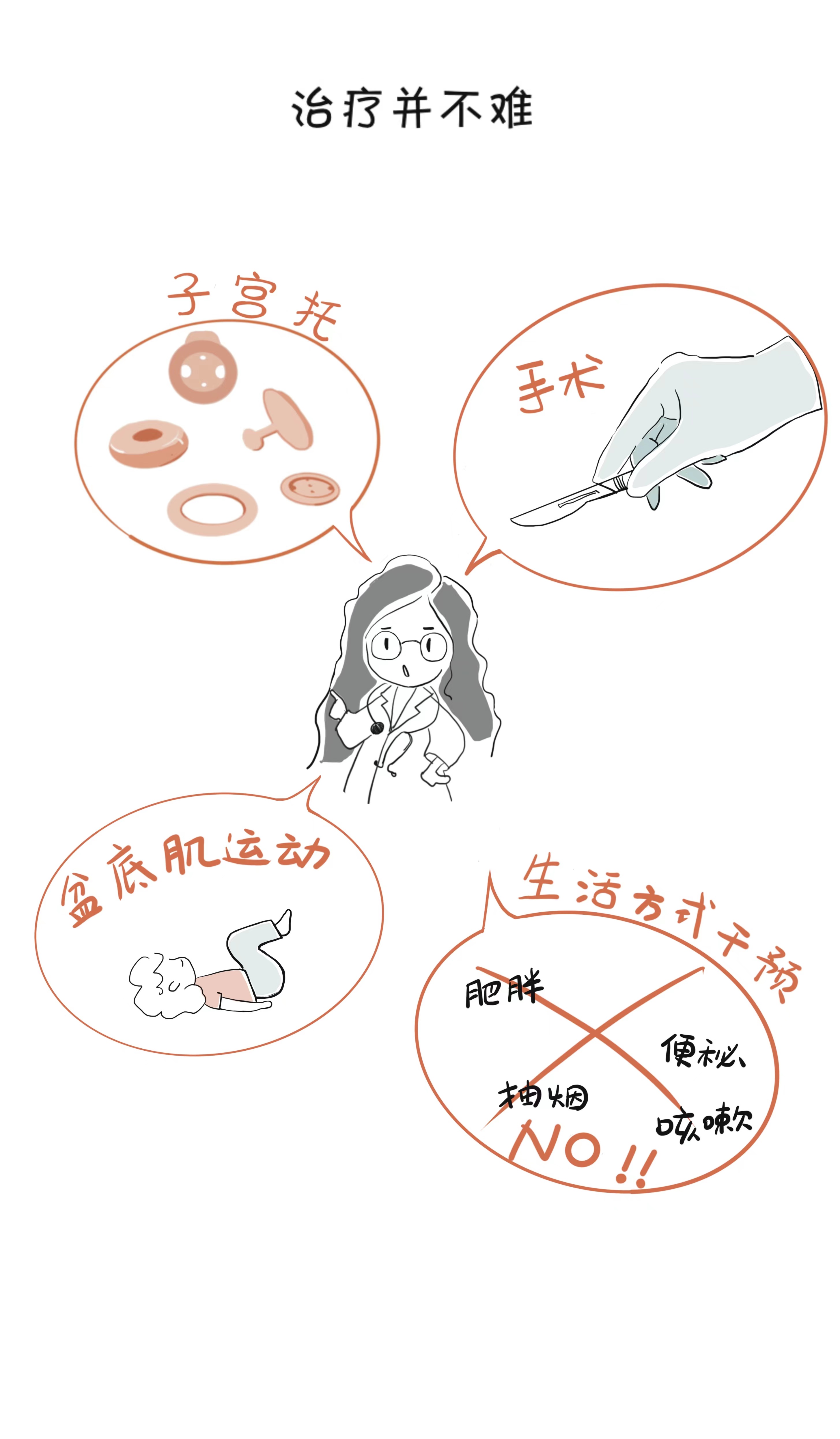
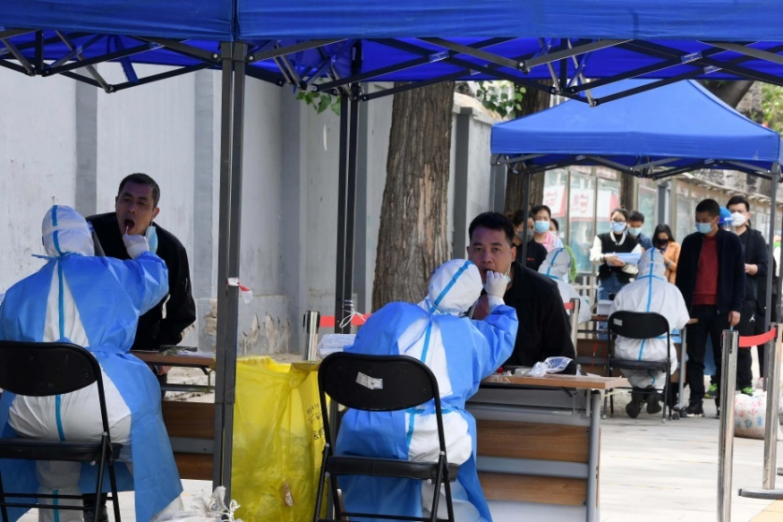
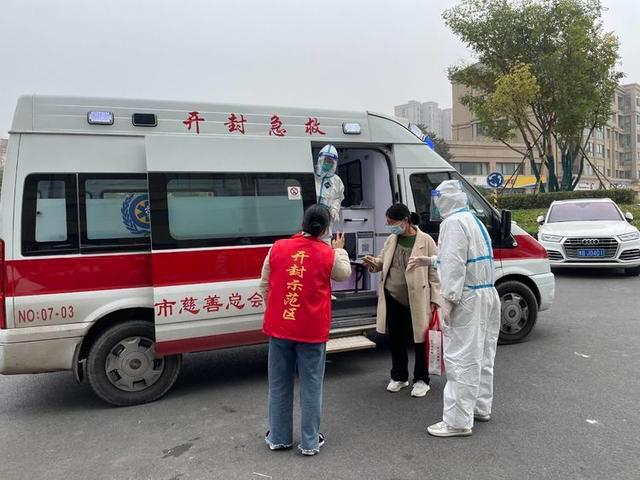

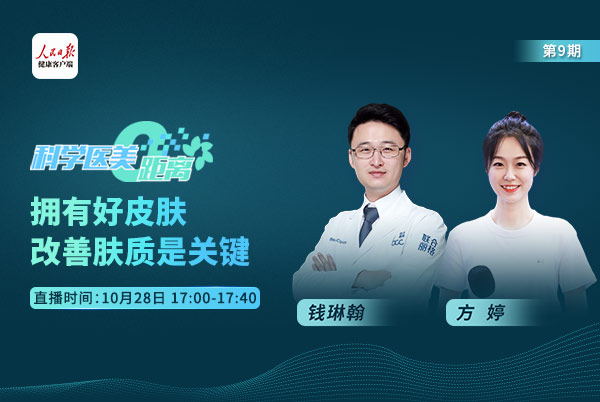





网友评论